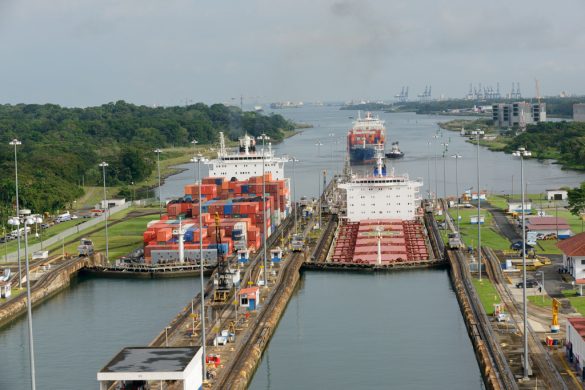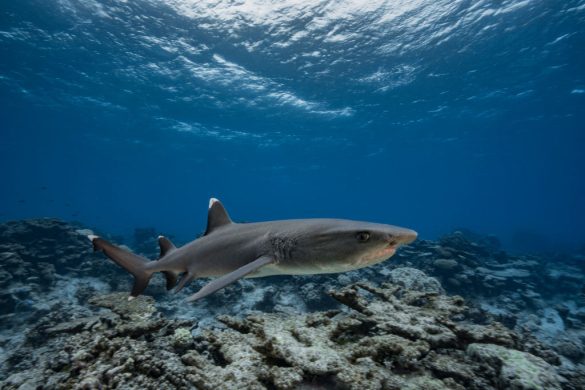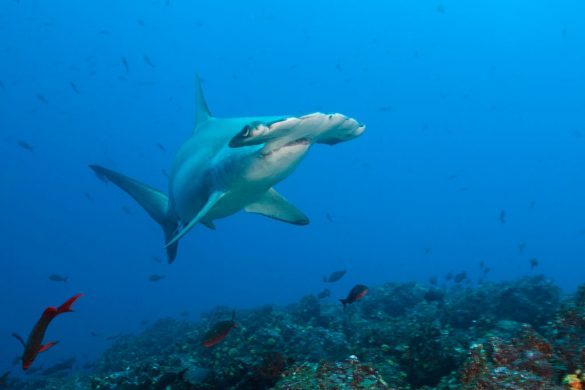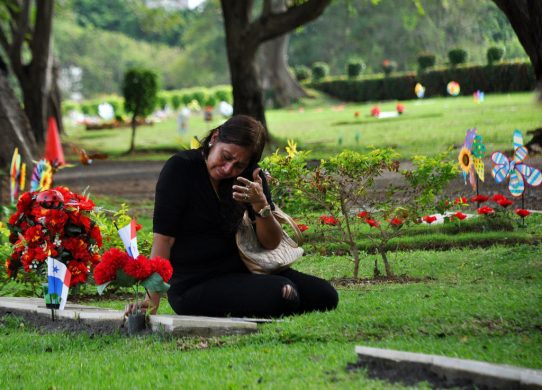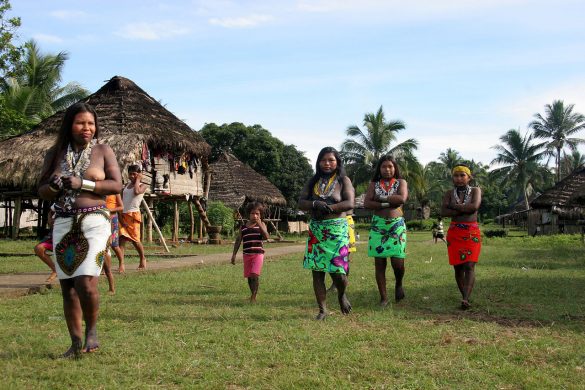This Sunday, when an expansion of the canal is inaugurated and the first supersize container ship crosses the narrowest point in the Americas, IFC will share the pride of Panama’s people and the rest of the continent.
The 5.5 billion dolllar expansion, which used enough steel to build 22 Eiffel Towers, added a new lane and bigger locks that will shake up shipping routes and make seaborne trade less costly and more efficient.
Now, Neo-Panamax ships carrying up to 14,000 containers—nearly three times as many as the previous ships—will be able to transit, taking advantage of economies of scale.
In 2009, in the midst of the global financial crisis, IFC joined four other development banks in committing 2.3 billion dollar in financing for the canal’s expansion, signaling the World banks confidence in its mega makeover.
IFC’s due diligence and environmental and social standards supported the Panama Canal Authority’s commitment to ensuring this complex project was carried out responsibly and that impacts to the area’s natural resources were mitigated. Mere om IFC på
http://www.ifc.org/wps/wcm/connect/corp_ext_content/ifc_external_corporate_site/about+ifc_new
Aging infrastructure has not kept up with bustling cities. Latin America—the most urbanized region in the world, with about eight out of every 10 people living in cities—invests roughly three percent of its gross domestic product in infrastructure, or about 150 billion dollar a year.
The region needs to at least double that to embark on a path to sustainable growth and meet its needs.
The private sector is essential in closing this gap, especially as some governments tighten their belts to make up for lost commodity revenues.
Tapping into new funding sources—such as insurance companies, pension funds, and sovereign wealth funds—is critical. By some accounts, pension funds, an essential source of domestic savings in Latin America, are investing only one percent of their portfolio in infrastructure around the world.
Similarly, only two percent of global insurers’ assets are allocated toward infrastructure.
Cutting Trade Costs
Læs videre på
http://www.ifc.org/wps/wcm/connect/news_ext_content/ifc_external_corporate_site/news+and+events/news/panama+canal+expansion+key+to+global+trade

